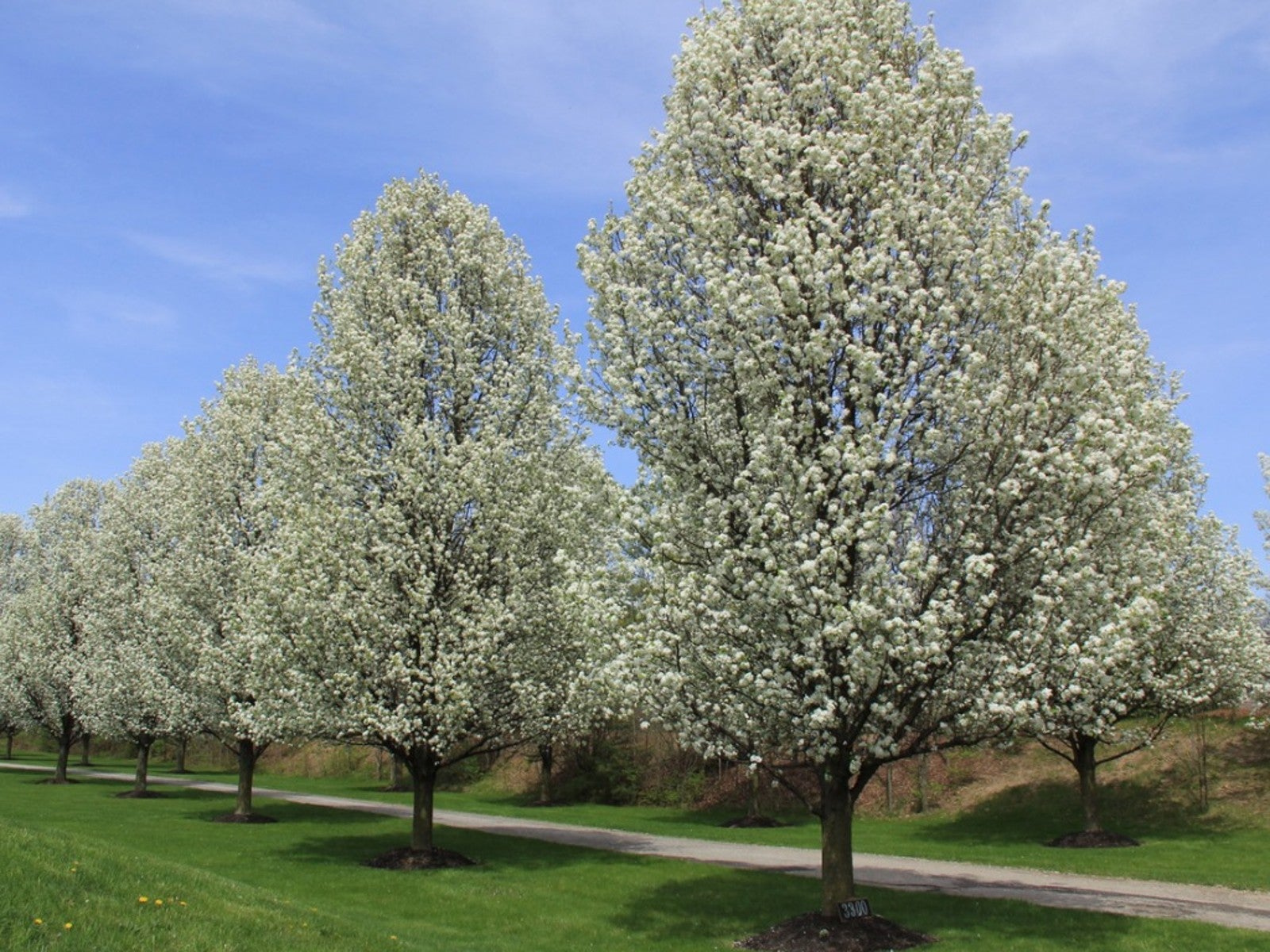Invasive Illegal Plants You Can’t Sell In Certain States


Modern botany and breeding programs have seen a host of plant species available to the gardener. We can now purchase or order many varieties of plants that were previously unavailable. Once we were constrained by flora that were indigenous to our regions, but now the entire world of plants is at our fingertips.
Invasive Plants
But that doesn’t mean we should grow certain plants. Those that are considered invasive or otherwise damaging to the natural environment should be eschewed. This means gardeners should know what plants are illegal to grow in the U.S. or their specific native region. Each county, state, province, country, and other designations will have banned plants lists. Following these directives can help save the indigenous floral community and encourage its health.
Searching quickly online will turn up a Massachusetts prohibited plant list, or any other location’s suggested species to avoid. Because every plant is different, a search for banned plants in Maine will be different from banned plants in Adelaide, Australia. Vegetation of every sort originated somewhere, but that doesn’t mean it's suitable everywhere. Banned plants lists are site specific and cannot be generalized. Knowing where to find the plants in your region that should not be grown starts with a little research.
Where to Find Banned Plant Lists
Illegal plants in U.S. states can be noted in USDA literature, extension sites, libraries, PSA leaflets, and more. State forestry and agricultural publications are available listing toxic, noxious, or invasive species. A simple internet search will turn up many sites devoted to warnings of unsuitable plants for a particular area.
Even nurseries and garden centers help to disseminate banned plant information. Garden catalogs will expressly forbid certain plants being delivered to individual areas. For instance, some varieties of citrus cannot be shipped to Texas. This is to avoid cross pollination of the commercially grown species. Any prohibited plant lists need to be consulted annually, as they change. New research and study consistently turns up problem plants. It is incumbent upon gardeners to know what plants are banned and avoid them.
Why Are Plants Banned?
Banned plants are those whose sale, distribution, and cultivation are restricted. Some invasive plants are known as hitchhikers because they come in on imported plants, catch a ride on vessels, and are unintentionally distributed to foreign soil. Although restricted, these are harder to enforce.
The average gardener has a much greater impact on the distribution of prohibited plants. As individuals, we can follow directives and recommendations regarding plants that can be injurious to our environment. We can be stewards of the land by eradicating invasive species and noxious weeds. The simple act of not transporting certain species over state lines can ensure our crops. Banned plants are a threat to native flora, habitats and crops, and can even cause erosion and other terrestrial damage. They often colonize readily, spread easily and may have toxic compounds that threaten native species, developing invasive root systems.
Gardening tips, videos, info and more delivered right to your inbox!
Sign up for the Gardening Know How newsletter today and receive a free copy of our e-book "How to Grow Delicious Tomatoes".
Some Banned Plants in the U.S.
The USDA Forest Service has a comprehensive list of prohibited plants. There’s a federal noxious weeds list, but also a catalog of plants that are not allowed onto U.S. soil. The latter consists mainly of plants that would threaten our crop integrity, such as certain varieties of fruit tree. Then there are plants indigenous to parts of the states that may not be grown outside their native range, such as peyote. Ornamental plants from Asia, Europe, and other countries are also restricted due their ability to naturalize, overgrow, and take over native lands, crowding out indigenous species. While some species are outright banned, others are restricted by region. Here are some examples:
- Kudzu
- Wild Sugarcane
- European Yellow Iris
- Opium Poppy
- Certain Bamboos
- Japanese Knotweed
- Eurasian Water Foil
- Japanese Bloodgrass
- European Privet
- Chinese Tallow
- Tree of Heaven

Bonnie Grant is a professional landscaper with a Certification in Urban Gardening. She has been gardening and writing for 15 years. A former professional chef, she has a passion for edible landscaping.